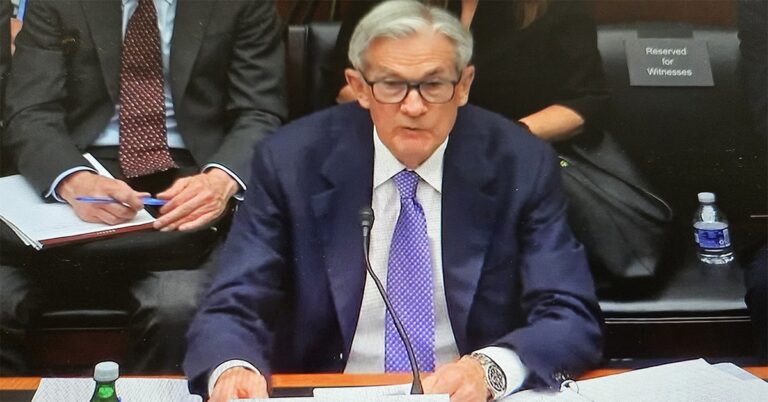Nonfarm employment nationwide grew by a solid 206,000 jobs in June, but the unemployment rate inched upward to 4.1%, reaching the highest level in two and a half years.
The jobs report from the U.S. Bureau of Labor Statistics also revealed that there were roughly 110,000 fewer jobs added in April and May, reinforcing that while job growth remains stable, hiring is cooling.
June’s addition still beat expectations, with a Reuters poll of economists projected June’s increase at 190,000. The month’s increase came in large part due to an influx of 70,000 government jobs, while notable gains were also logged in health care, which added 49,000; social assistance, which grew by 22,000; and construction, which rose by 27,000.
Taking the new report’s revisions into account, the economy has averaged approximately 222,000 jobs added per month in the first half of 2024 — a healthy number, but one that does reflect the moderating nature of the current market. That’s theoretically good news for a mortgage market that has been desperately clamoring for a cut to the Federal Reserve’s benchmark interest rate. With the economy seemingly bending without breaking (and perhaps easing toward the Fed’s aspirational “soft landing”), June’s report may help give the Fed a nudge toward a rate decrease sooner rather than later.
Also adding fuel to the rate cut fire was the unexpected increase in the unemployment rate, bringing it to its highest level since October 2021. The rise made June the second consecutive month with a pickup in the jobless rate, bringing it six-tenths of a percentage point up from its recent low point of 3.5%, reached in July 2023.
Additionally, wage growth continued to temper, with average hourly earnings up by 0.3% month over month and 3.9% year over year. That marks the smallest annual earnings increase since mid-2021. Yearly wage growth is slowly dwindling toward the range of 3% to 3.5% that’s widely considered as consistent with the Fed’s targeted annual inflation rate of 2%.








